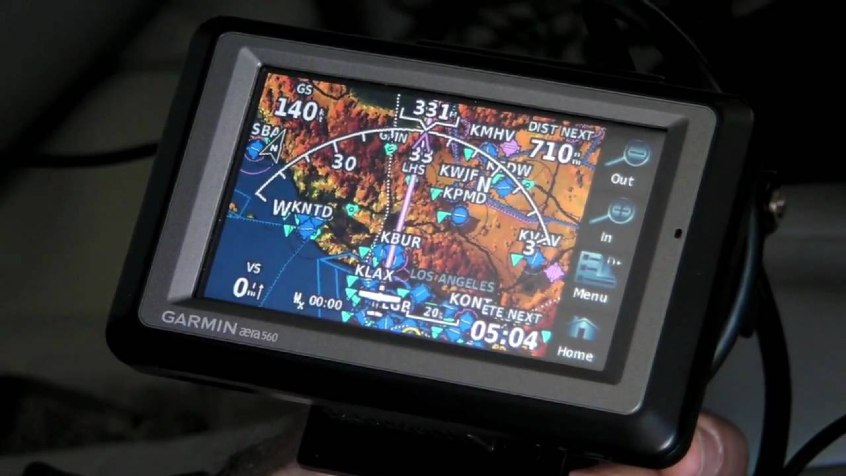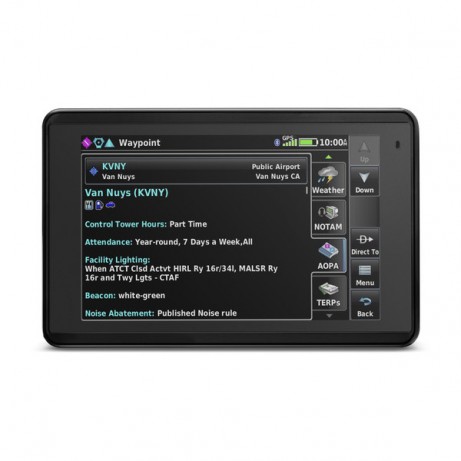


Every satellite's orbital parameters (ephemeris data) are sent to each satellite for broadcast as part of the data message embedded in the GPS signal.The Department of Defense (DOD) is responsible for operating the GPS satellite constellation and monitors the GPS satellites to ensure proper operation.The receiver uses data from satellites above the mask angle (the lowest angle above the horizon at which a receiver can use a satellite).
#AIR NAVIGATION GPS MANUAL#
Additionally, GPS is discussed in the Aeronautical Information Manual (AIM) The use of the GPS is discussed in more detail in Chapter 17 of the Pilot Handbook of Aeronautical Knowledge, Navigation. Other satellites must also be in view to offset signal loss and signal ambiguity. With four or more satellites in view, the receiver can determine the user's three-dimensional position (latitude, longitude, and altitude). A GPS receiver must be locked onto the signal of at least three satellites to calculate a two-dimensional position (latitude and longitude) and track movement.

The 24 satellite constellation is designed to ensure at least five satellites are always visible to a user worldwide.GPS works in all weather conditions, anywhere in the world, 24 hours a day.GPS was originally intended for military applications, but in the 1980s the government made the system available for civilian use.The Global Positioning System (GPS) is a satellite-based radio navigation system, which broadcasts a signal that is used by receivers to determine precise position anywhere in the world.


 0 kommentar(er)
0 kommentar(er)
